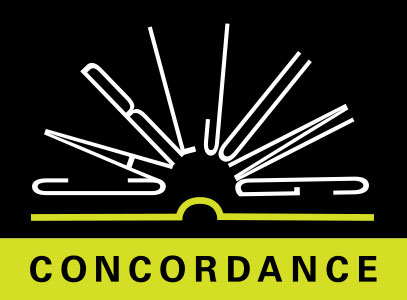Spirit which is a water, or the water which is a spirit, is essentially a paradox, a pair of opposites like water and fire:
In the aqua nostra of the alchemists, the concepts of water, fire, and spirit coalesce as they do in religious usage
CW13 ¶ 98MERCURIUS AS A WINGED OR SPIRITUAL BEING
The angel, as a winged or spiritual being, represents, like Mercurius, the volatile substance, the pneuma, disembodied. Spirit in alchemy almost invariably has a relation to water or to the radical moisture, a fact that may be explained simply by the empirical nature of the oldest form of “chemistry,” namely the art of cooking. The steam arising from boiling water conveys the first vivid impression of “metasomatosis,” the transformation of the corporeal into the incorporeal, into spirit or pneuma. The relation of spirit to water resides in the fact that the spirit is hidden in the water, like a fish. In the “Allegoriae super librum Turbae” this fish is described as “round” and endowed with “a wonder-working virtue”
CW13 ¶ 101THE SPIRITUAL NATURE OF THE `WATER'
As we have seen, the spiritual nature of the water comes from the “brooding ” of the Holy Spirit upon the chaos (Genesis 1 : 3). There is a similar view in the Corpus Hermeticum: “There was darkness in the deep and water without form; and there was a subtle breath, intelligent, which permeated the things in Chaos with divine power.” This view is supported in the first place by the New Testament motif of baptism by “water and spirit,” and in the second place by the rite of the benedictio fontis, which is performed on Easter Eve. But the idea of the wonder-working water derived originally from Hellenistic nature philosophy, probably with an admixture of Egyptian influences, and not from Christian or biblical sources. Because of its mystical power, the water animates and fertilizes but also kills
CW13 ¶ 104Praefatio: May the power of the Holy Ghost descend into this brimming font, and may it make the whole substance of the water fruitful in regenerative power ( Missal, p. 431 )
ACTIVE AND PASSIVE PRINCIPLES ARE
BALANCED IN THE DIVINE WATER
In the divine water, whose dyophysite nature is constantly emphasized, two principles balance one another, active and passive, masculine and feminine, which constitute the essence of creative power in the eternal cycle of birth and death. This cycle was represented in ancient alchemy by the symbol of the uroboros, the dragon that bites its own tail. Self-devouring is the same as self-destruction, but the union of the dragon's tail and mouth was also thought of as self-fertilization. Hence the texts say: “The dragon slays itself, weds itself, impregnates itself”
CW13 ¶ 105DARKNESS OF THE SOUL
REPRESENTED AS A CROCODILE
In Egypt the darkness of the soul was represented as a crocodile ( Budge, The Gods of the Egyptians, I, p. 286 )
CW13 ¶ 105